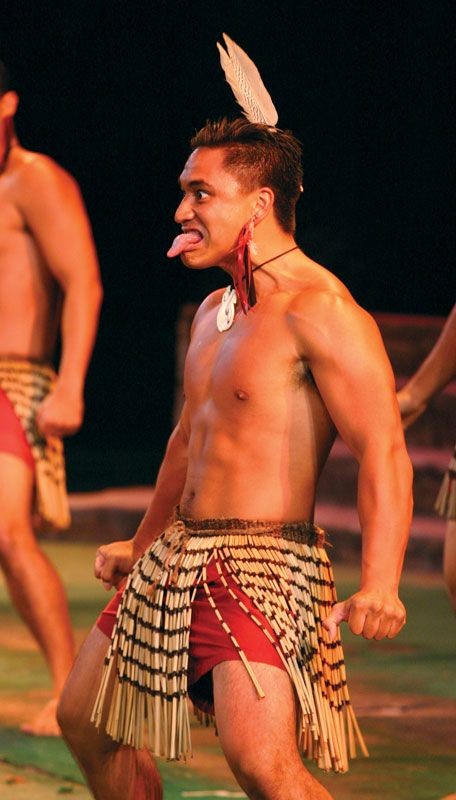The haka is more than just a dance; it’s a powerful expression of Māori culture, history, and identity. Often associated with war and masculinity, the haka encompasses a much broader range of social and cultural functions. This article delves into the origins, significance, and modern-day applications of this captivating performance art.
The haka is a traditional Māori posture dance characterized by vigorous, rhythmic movements. These movements engage the entire body, incorporating actions like swaying, chest and thigh slapping, foot stamping, and expressive hand gestures that sometimes mimic acts of stylized violence. Integral to the performance is a powerful chant, and the performers often display intense facial expressions, including wide eyes and protruding tongues, intended to convey emotion and, traditionally, to intimidate. While commonly linked to male warriors preparing for battle, the haka is performed by both men and women, and it serves a variety of important social roles within Māori culture.
 Haka performance with exaggerated facial expressions and rhythmic movements
Haka performance with exaggerated facial expressions and rhythmic movements
The Legendary Origins of Haka
The roots of the haka are deeply entwined with Māori legends. The story begins with Tama-nui-te-ra, the sun god, and his wife Hine-raumati, the embodiment of summer. They had a son named Tane-rore. The Māori people interpret the shimmering appearance of the air on hot summer days as a manifestation of Tane-rore dancing for his mother. This subtle, rapid movement is considered the foundation of all haka. Specifically, the trembling hands of the performers symbolize Tane-rore’s dance, connecting the performance to its mythological origins. This connection to nature and the gods elevates the haka beyond mere physical expression, infusing it with spiritual significance.
Social and Cultural Significance of Haka
Traditionally, the haka held a prominent place in rituals of encounter. It was performed when two groups met or when welcoming a visitor into the community, demonstrating respect and intentions. Today, the haka continues to be a vital part of Māori social and cultural life. It’s performed at a wide array of events, including birthdays, weddings, funerals, and other celebrations, marking significant milestones and expressing communal identity. In some instances, the haka serves as a powerful symbol of tribal affiliation and heritage. The performance of haka has been a defining feature of the Te Matatini festival since 1972, a biennial performing arts event in New Zealand that showcases Māori culture and talent.
“Ka Mate”: The World’s Most Famous Haka
Perhaps the most well-known haka is “Ka Mate,” composed around 1820 by the Māori chief Te Rauparaha. Its global recognition skyrocketed in the early 20th century when it was adopted by New Zealand’s national rugby union team, the All Blacks, as part of their pre-game ritual. The All Blacks’ powerful and passionate rendition of “Ka Mate” has brought the haka to audiences worldwide, making it a recognizable and iconic symbol of New Zealand and Māori culture. The haka creates a sense of unity and focus for the team before the match and provides a powerful spectacle for spectators.
In conclusion, the haka is a multifaceted art form with deep roots in Māori history, legend, and culture. It is a powerful means of expression, communication, and celebration. From its origins in the dance of Tane-rore to its modern-day performances on rugby fields and at cultural events, the haka continues to evolve and captivate, serving as a vibrant testament to the enduring spirit of the Māori people. Its continued practice ensures the preservation and transmission of Māori heritage for generations to come.

